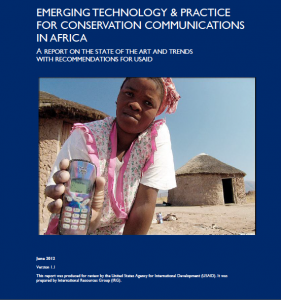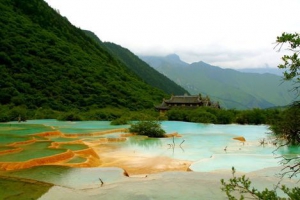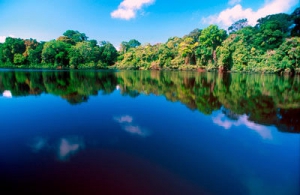Biofuels… Good or Bad Idea? They’ve received positive hype from non-profits, corporations, and individuals only to be scorned by some environmentalists, economists, and other groups.

Photo Credit: GSMA
A common barrier facing rural regions is a lack of access to a reliable power supply. Being off the grid limits the ability to take advantage of information and communication technologies (ICTs) that could provide economic gain and increase quality of life. What’s the use of a mobile phone with innovative software applications if it can’t be recharged?
One popular answer for off-grid communities is building biofuel-based facilities that are run off of renewable resources. Biofuel is simply energy released directly or indirectly from living or recently living organisms. Wind and solar power are included, but fossil fuels are not because they are embedded in geological formations and nonrenewable.
Biofuels have been used for over a millennia, such as the simple method of burning wood for fuel. Other traditional methods used throughout the developing world include using conventional feed such as maize, wheat, sunflowers, and switchgrass for combustion that are then used for cooking, heating, and lighting.
Modern bioenergy used for fuel can be more complex, taking advantage of residue, bacteria, and other organic components of waste that produce a higher value energy carrier, meaning they are more efficient and versatile than traditional methods. The most common method for converting biomass into fuel is by combustion that generates heat. Other known methods include gasification, extraction, and fermentation (used for converting starch or sugar crops into ethanol). In recent decades ethanol and other forms of biofuels have increased in popularity due to the fluctuation of oil prices, carbon emission, and as an option for rural development.

Photo Credit: Prof. Thomson Sinkala, Chairman, Biofuels Association of Zambia
So are biofuels the answer for connecting rural communities with the greater world? Let’s weigh some notable advantages and disadvantages:
PROS
+ Biofuels are locally harvested, decreasing transportation costs.
+ The harvesting and processing of biofuels creates local jobs.
+ Biofuels are renewable.
+ Plants used for making biofuels can be grown on marginal lands.
+ The cost of renewable energy technology is falling, making energy projects more affordable and easier to maintain.
CONS
– Not all biofuels are sustainable.
– Traditional forms of bioenergy can cause unpleasant consequences such as deforestation.
– Traditional biofuels are highly inefficient when compared to fossil fuels and nuclear energy.
– Biofuels derived from vegetation require a lot of water, adding pressure to an already limited and fragile source.
– Instead of using limited arable land for food production, it’s used for growing biomass that can be improperly fertilized, further harming water systems.
– It can negatively impact life-cycles, species health, and biodiversity.
So are biofuels a good or bad solution for rural areas? The decision must be made at the local level; weighing costs, benefits, and sustainability. Below are examples of successful projects where biofuels are used to supply power.
Indonesia– Instead of depositing livestock waste in waterways, it is processed in a biodigester, creating biogas used by the local population.
China – Rice ‘straw’, the stem and leaves left behind after harvesting to be burnt can be mixed with an alkaline solution to create biogas.
Mali– Jatropha, a poisonous weed used to keep away grazing animals thrives in marginal soil is used to power generators.
Kenya– Solar and hydro energy is used for a power center that provides access to Internet and mobile phones for local farmers.



















































